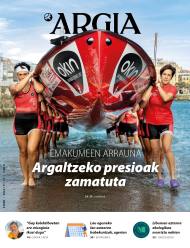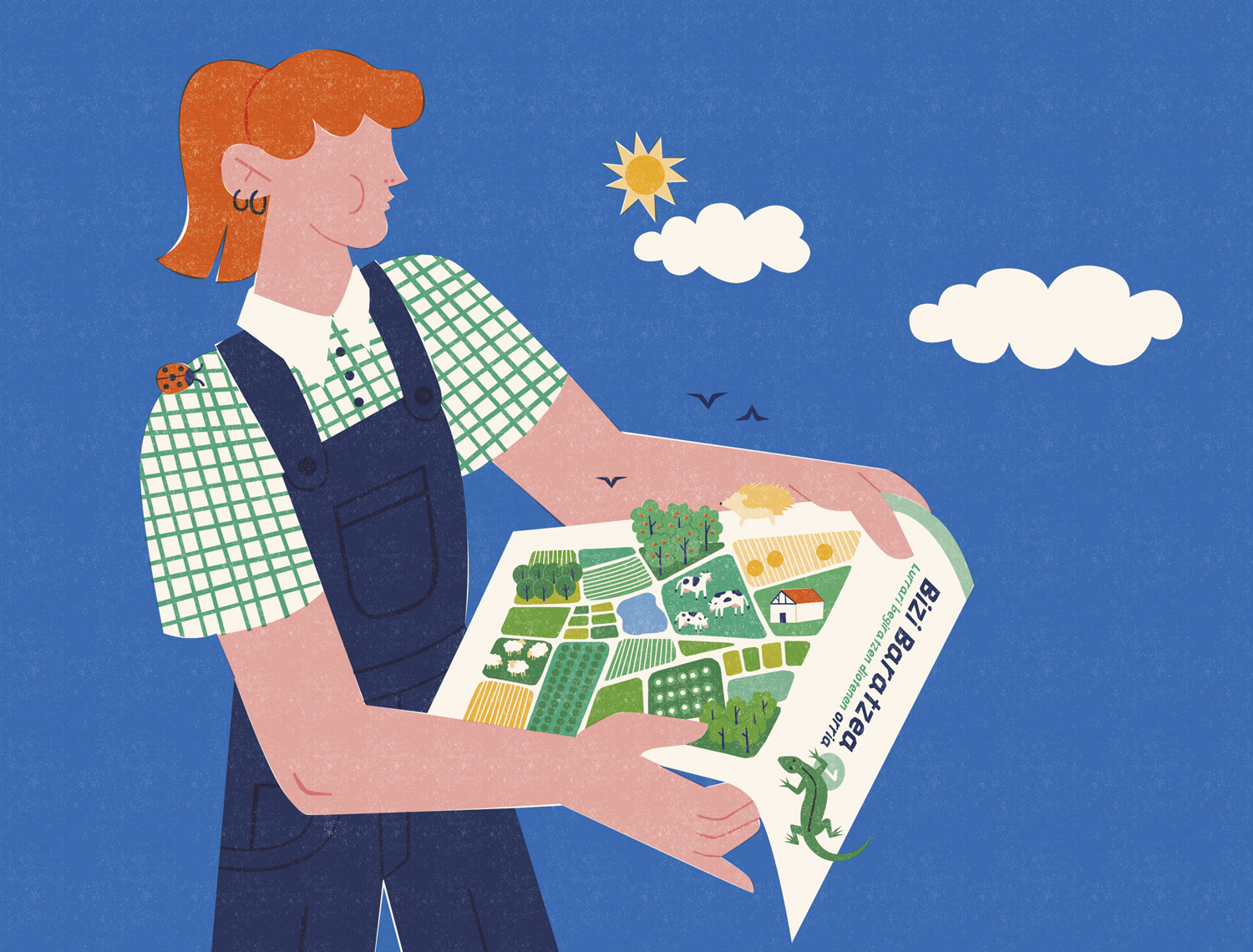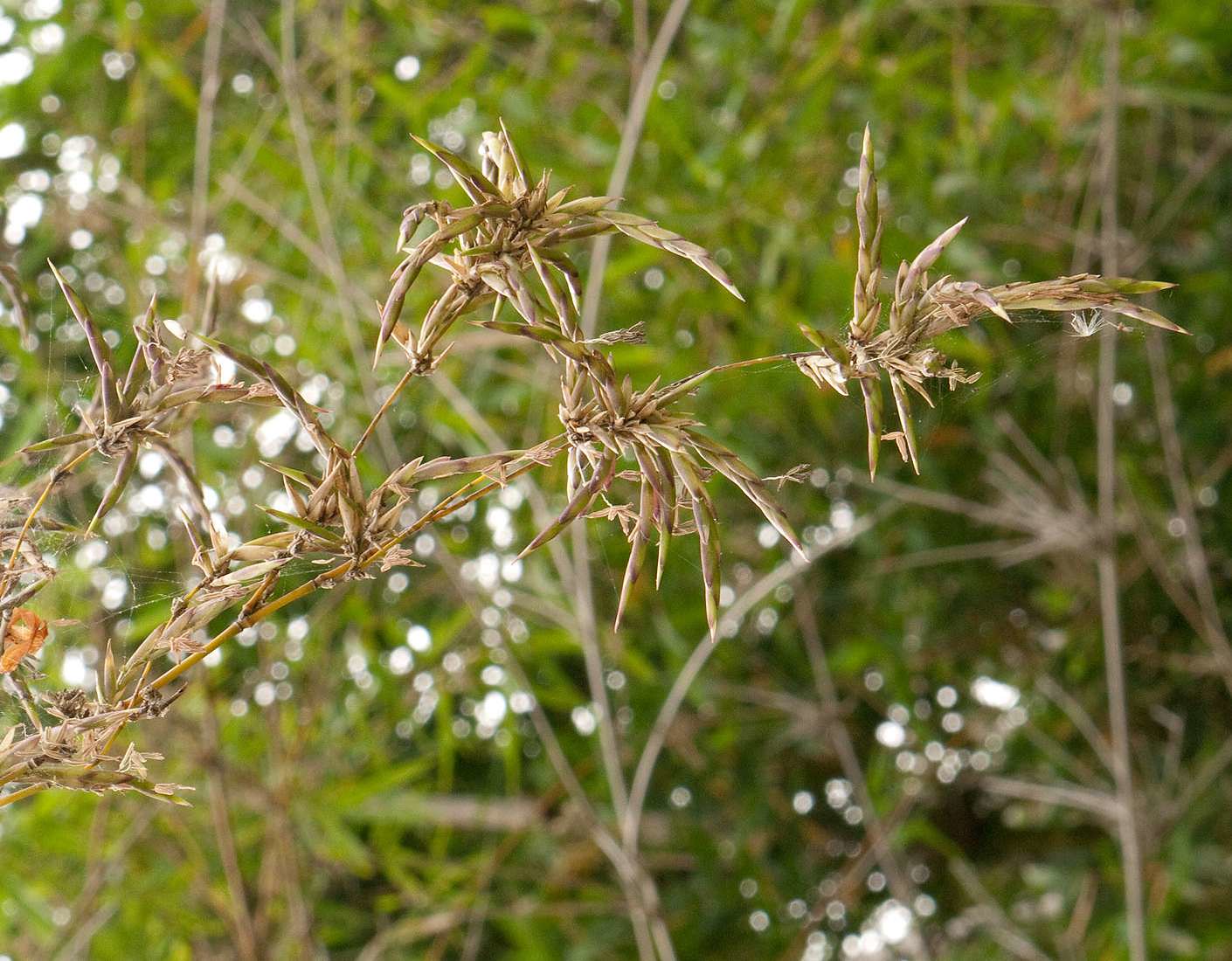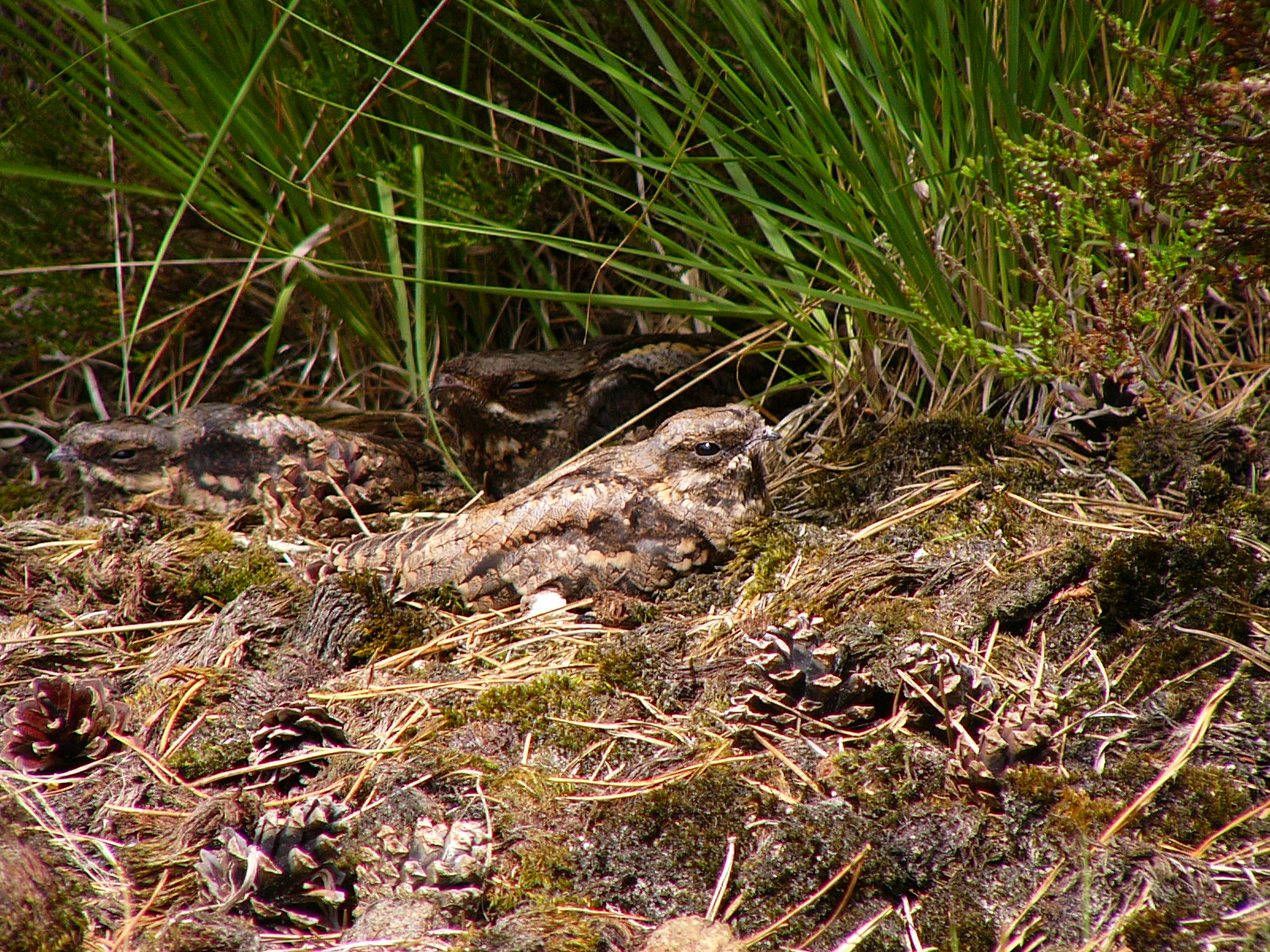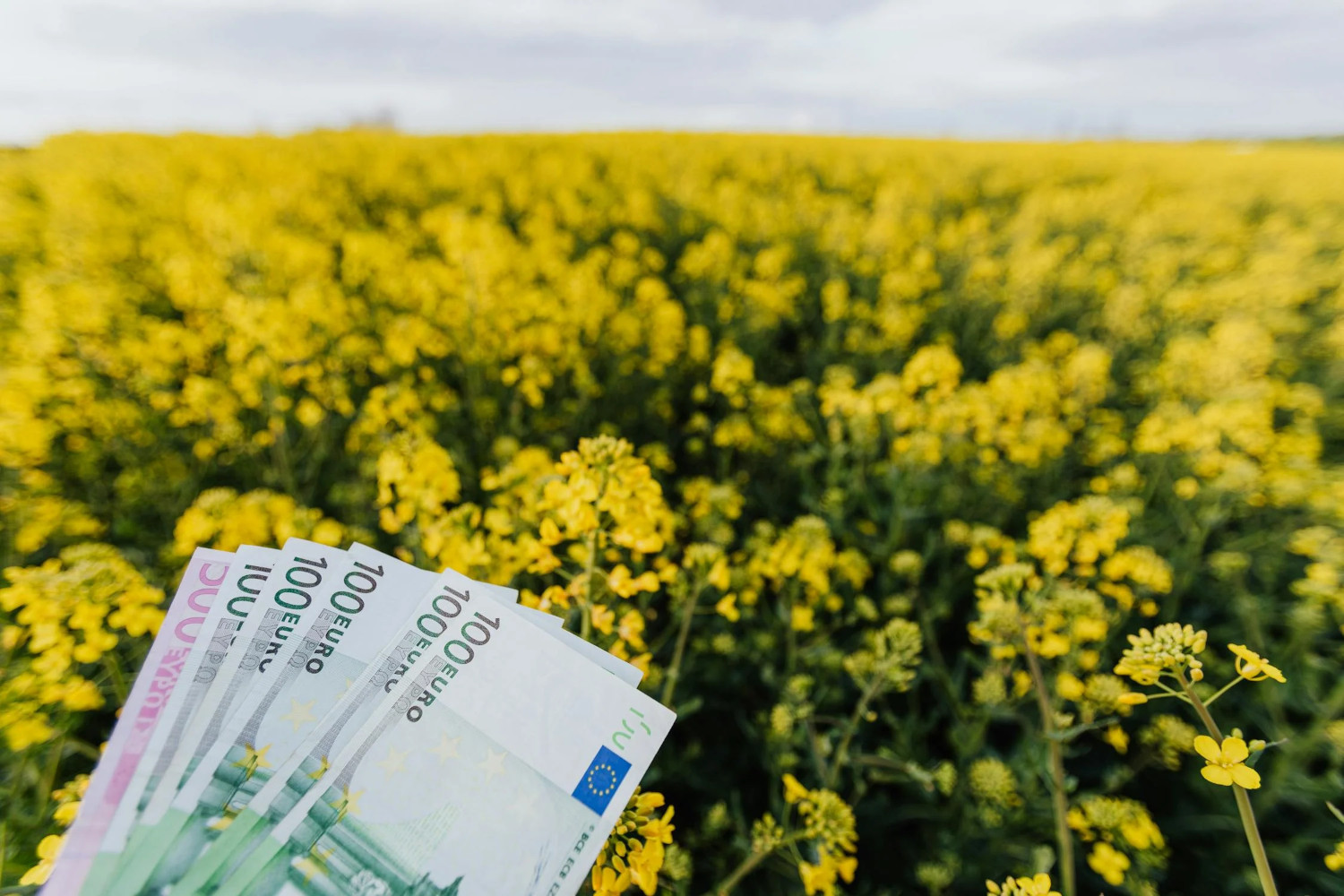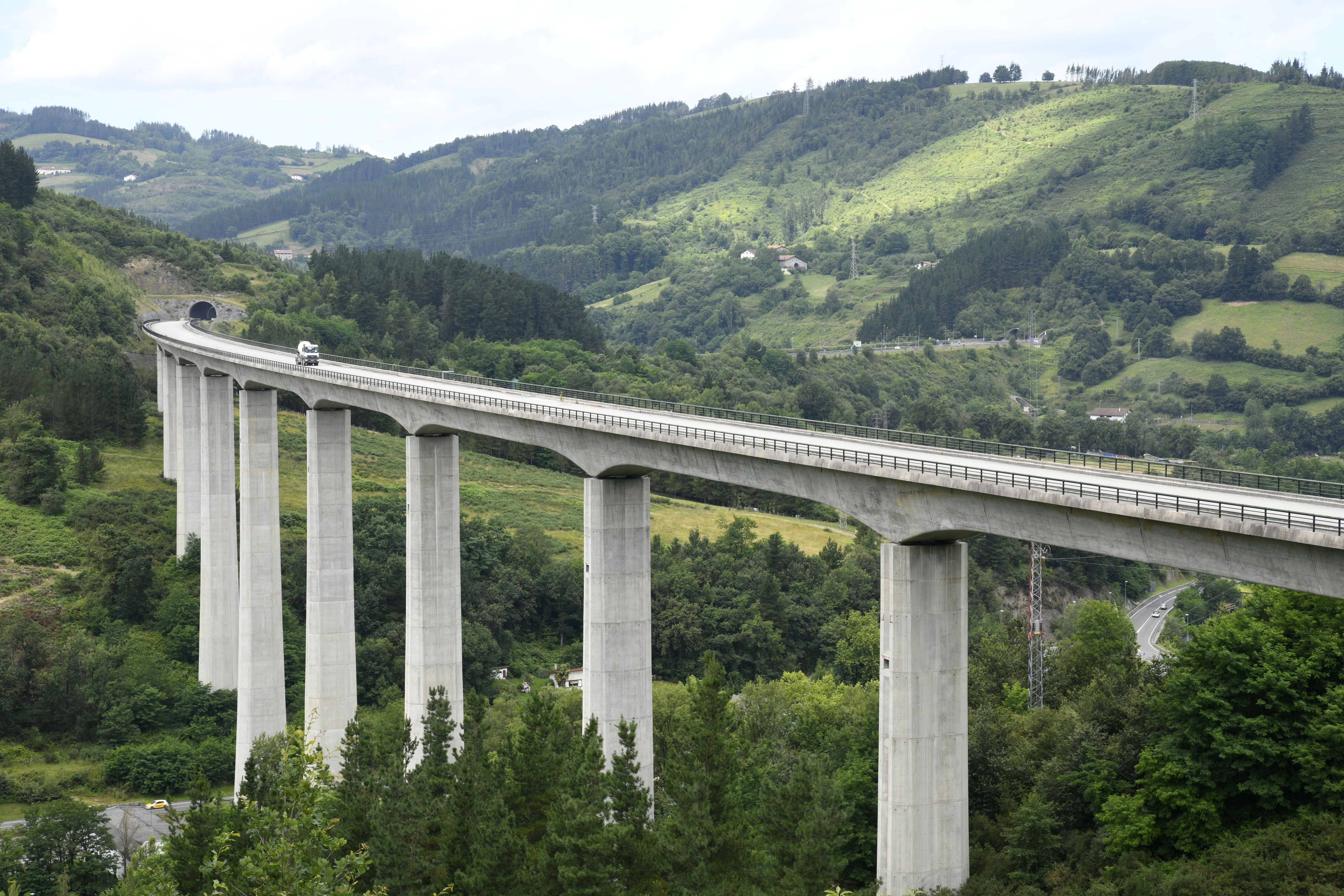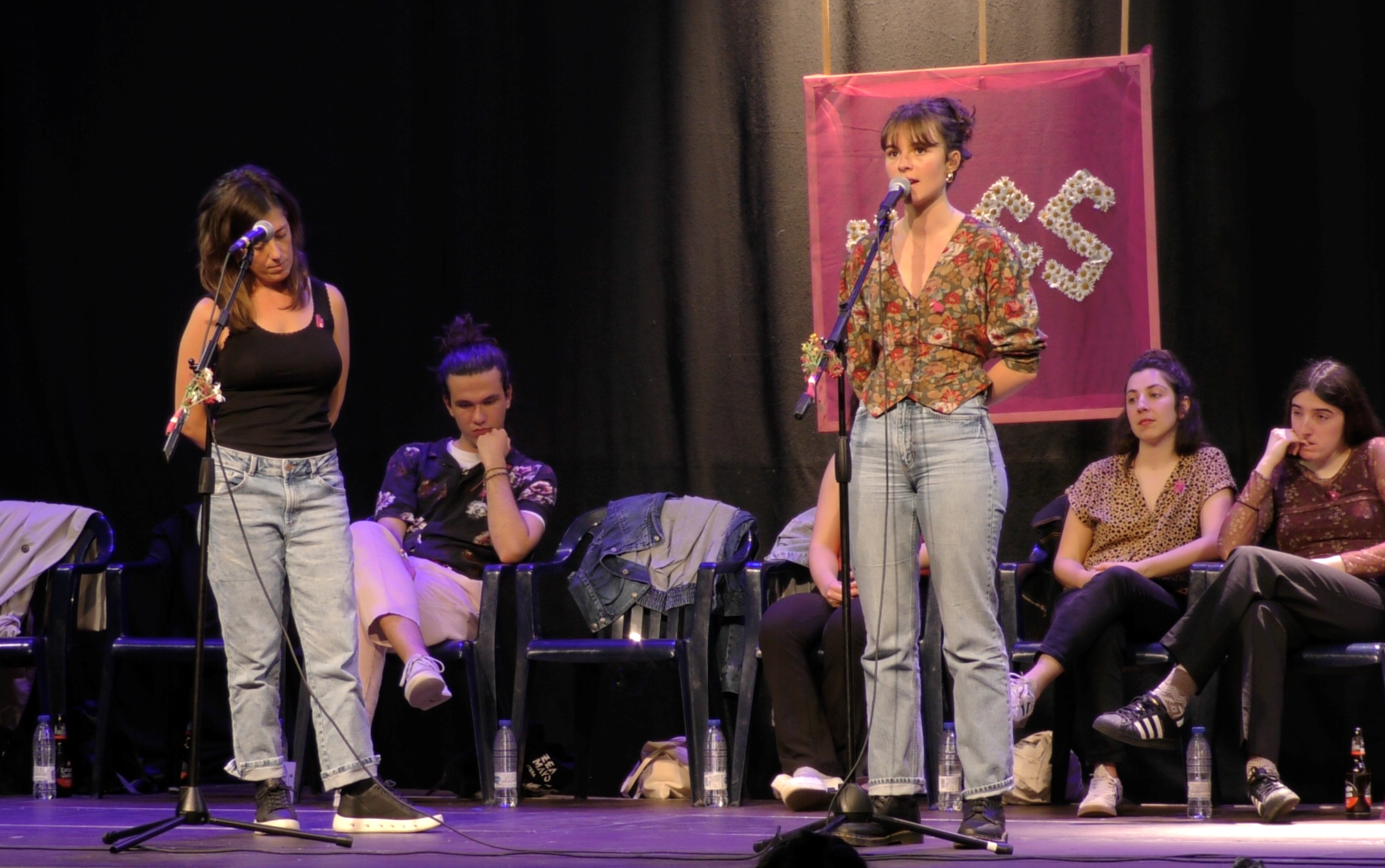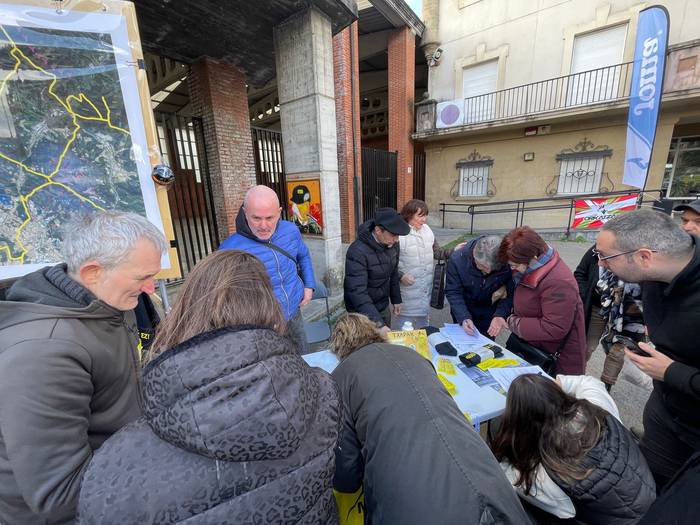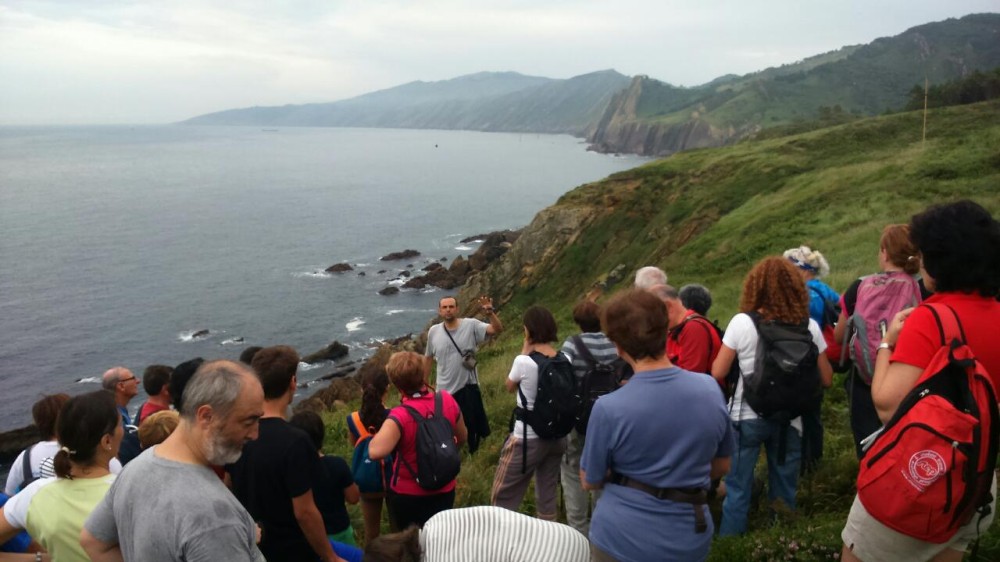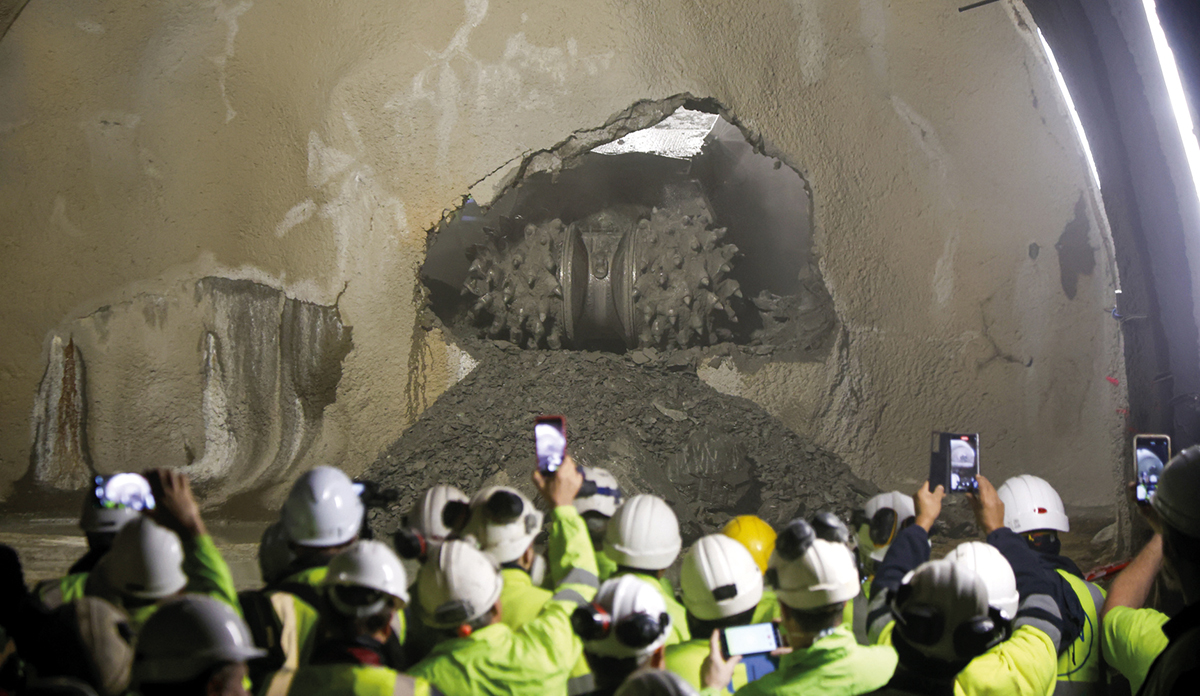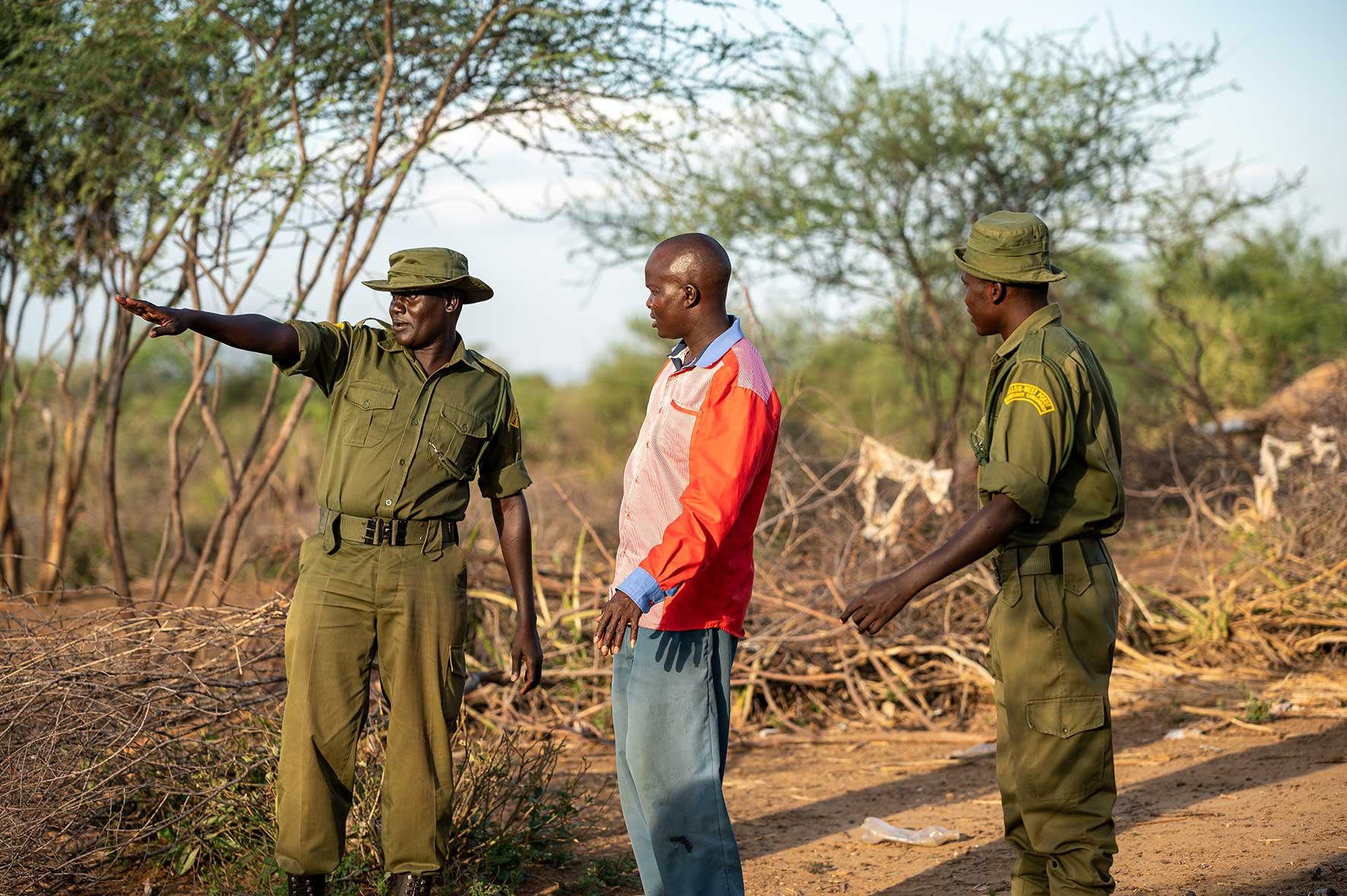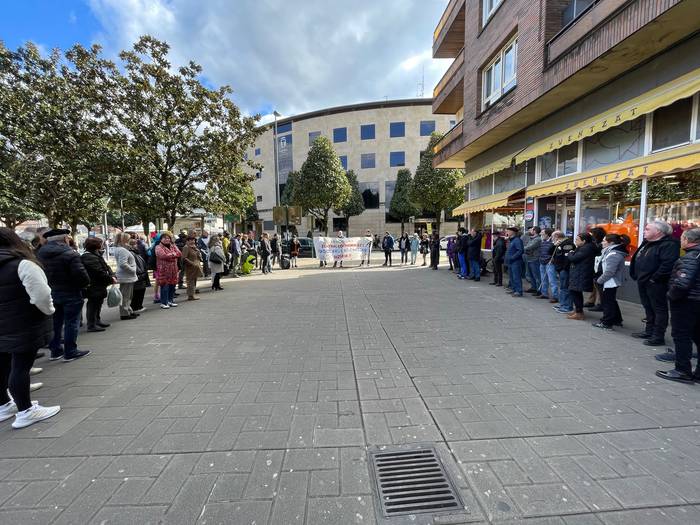Eco-edition: How to reduce book contamination
- The Institute of Eco-publishing was created a year ago in Catalonia with the aim of reducing the effects of paper publications on the environment. The institute has defined twelve criteria that the eco-edition should meet and created a stamp certifying that the book is eco-edited. It is the only European institute that manages this seal. The project has generated interest beyond Catalonia. ARGIA has begun a few months ago to publish books in the form of eco-publishing and is the first of the members of the Institute of Eco-publishing of Catalonia in the Basque Country.
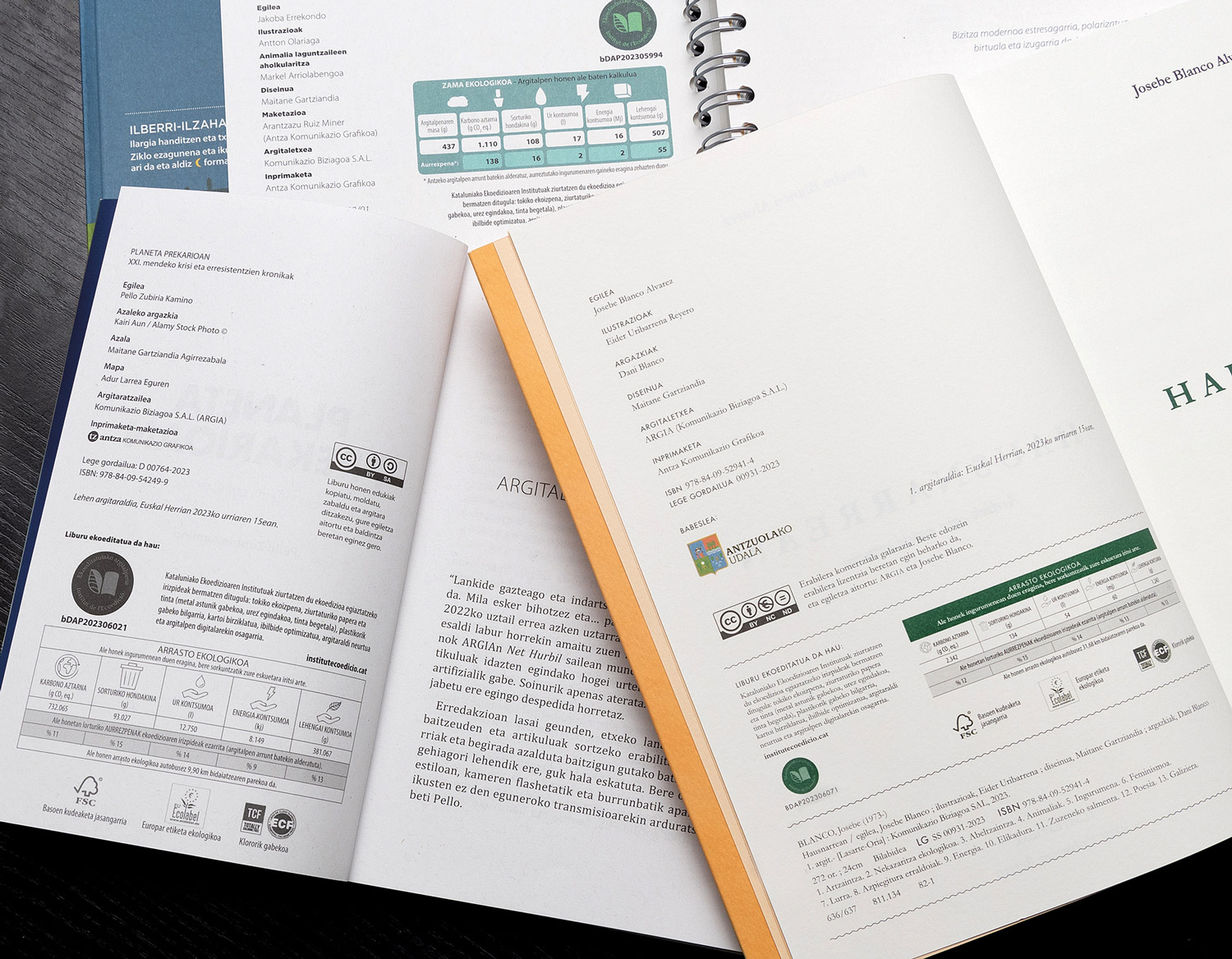
We know that the road from where the products we consume are generated to our home, from an environmental point of view, is often not sustainable. We have organic products in food and clothing, there are programs to reduce damage to household appliances and we are advised to use public transport or bicycle instead of going by car. But do we know what the path of the book we are reading has been like before we reach our hands? Do we know how much their generation and transport has polluted?
Twelve years ago, members of the editorial Pol·len devoted themselves to investigating the ecological footprint of a book, the result of which is extracted the concept and the eco-edition project. Before the creation of the editorial there was a printing press in Barcelona: El Tinter Cooperative. An Environmental Sciences student carried out the final degree work there on the environmental impact of the generated products. The members of the cooperative did not think they contaminated, but the result was different: “You are dirty and the worst thing is that you don’t realize it.” This was deducted by the student, according to Jordi Panyella, a member of Pol·len.
“In the printing press we put in place an environmental management system to analyse the damage we caused. In 2011 we created Pol·len to test what we could do paper publications to minimize pollution and in 2015 we closed the printing press.” Pol·len received a European subsidy to investigate the book's life cycle, from raw materials to completion. It was concluded that the greatest impact occurs in the extraction of raw materials, 49.4%, followed by the processes of production of printing sheets (17.6%), distribution (16.4%) and design (9.6%).
Since they started researching, significant changes have been made in paper and ink.
With this data, the environmental calculator was created in 2012 to calculate the impact of a publication. In parallel, the editorial Comanegra also created the local llibre seal to indicate that the publishers elaborated their products with local media. In 2022, the Institute of Eco-Publishing (Institut de l’Ecoedició) was created in Catalonia, “with the intention of joining efforts in favor of the ecological book,” according to the director of the institute Laia Figueres. It is a service cooperative focused mainly on the publishing sector. “Our goal is to continue researching why eco-publishing is a living concept.” In addition, they provide resources to the actors of the sector to take into account the environmental aspect in their decisiones.El Institute set at twelve points the twelve criteria that the eco-edition should meet based on the analysis of the book life cycle: local production; use of recycled
paper
or FSC certificate; calculation of the carbon footprint and communication of the result; use of eco-design; assurance of environmental management by the actors involved; consideration of the risk
If the first three of these twelve criteria are met, the institute seals the Eco-edited book. But the decision is not made by the institute itself, but by a third agent.
The director of the institute talks about the importance of the first condition: “Local printing is the first condition, since in the study we found that the place where the product is printed and its subsequent trajectory: distribution, travel… Therefore, the publication should be printed in the place where it is distributed. With this we also sought to support the local production
network.” The second criterion concerns paper, using recycled paper or FSC paper. The FSC means Forest Stewardship Council, a non-profit, whose role ensures that the paper used in the production of this product comes from forest trees sostenibles.La third
condition is that each publication must indicate its environmental impact on the product itself for the reader to know. The label indicates the carbon footprint, the waste generated and the consumption of water, energy and raw materials. Communication is a very important element at a time when eco-publishing is becoming known. To Pol·len's colleague, it is important that readers be able to inspect editorial positions. “That’s why we create the ecological backpack; the important thing is not the stamp, but the literacy of the readers in the environment.” In addition, the savings on these five stamp
points
are indicated for a standard publication. This calculation is done through the environmental calculator mentioned at the beginning of the article. The calculator has been updated since its creation, incorporating new variables. It belongs to the Institute of Eco-publishing and allows partners to calculate the environmental impact of a publication before the production of the product. “This tool allows agents to choose the least harmful design. For example, paper measurements,” says Panyella.
Since they began researching, significant changes have been made in two materials: paper and ink. Currently, the role they use in the published papers does not contain chlorine, and in terms of inks, they used inks from minerals, now of plant origin. However, the editorial considers that there is no ecological ink or ecological books. “The green book does not exist, it will always have a negative impact on the environment. On the contrary, culturally influences positively, and that’s why we keep making books.” From Catalonia to other territories the Gaur-gaurkoz
Institute has
21 partners, including ARGIA, most of them from Catalonia, who also collaborate with public institutions such as the Barcelona Council or the Catalan Institute of Cultural Enterprises. “However, many agents from outside Catalonia have come to us to ask for information,” says the director. They want more publishers and printers to be added in the medium term, “so that more and more publications have the stamp of eco-publishing and become more and more readers aware”.
ARGIA eco-edits six books
The six books published since September have been echoed by ARGIA and six bear the stamp of the eco-edition: the agenda Luna and plants, the ones recently published in the Reflexion and on the Precarious Planet, and the Huerta Bizi, the knowledge of the Medicinal Plants and the reeditions Planta Doméstica. It has been the beginning of a journey, but it is not a road that starts from the void. The concern about the ecological footprint of books is a few years ago. In fact, workers on the Bizi Baratze line discovered eight years ago a calculator that measured the ecological footprint of books on the Internet. Aware of the importance of the ecological footprint, and in order to carry out an exercise of transparency for readers, a note on the ecological footprint was published for years in the Ilargia eta landarei agenda. One day the internet calculator could not use ARGIA, requested the password. After filming, ARGIA met with those responsible for the calculator, the Instituto de la Ecoediciones de Cataluñaa.El last August ARGIA
decided to start contacts, gather information and become a partner of the institute. Books made and produced as partners do not bear the stamp of eco-publishing. ARGIA has taken the steps that appear in this report. It has been and will be essential to work with the printing press Antza in all the books now in adelante.En
each of the productions asks ARGIA and Antzari to perform the work of the house and the economic effort.
ARGIA before publishing each book answers two questions: What will be the ecological footprint of this book? And how can we reduce it? Measures will be taken if the footprint can be reduced. It is clear that the footprint cannot be completely removed, and it is very important that the purchasers of the book know the degree of contamination. The label fulfils this task.
ARGIA has gone a few months. He has just become a member and has eco-edited six books. Where you come, you will certainly do the same exercise. ARGIA is working to ensure that the magazine is already published.
Gaur abiatu da Bizi Baratzea Orrian kide egiteko kanpaina. Urtaro bakoitzean kaleratuko den aldizkari berezi honek Lurrari buruzko jakintza praktikoa eta gaurkotasuneko gaiak jorratuko ditu, formato oso berezian: poster handi bat izango du ardatz eta tolestu ahala beste... [+]
Noizbait. Noiz izan ote zen? Noizbait landareren batek lorea egitea erabaki zuen. Bai, bai, landareek ere erabakiak hartzen dituzte, eta guk maiz ez bezala, erabakiak bete egiten dituzte. Eta loreak sortu zituzten.
Iruñean bizi ziren Iñaki Zoko Lamarka eta Andoni Arizkuren Eseberri gazteak, baina familiaren herriarekin, Otsagabiarekin, lotura estua zuten biek betidanik. “Lehen, asteburuetan eta udan etortzen ginen eta duela urte batzuk bizitzera etorri ginen”, dio... [+]
Katalanen ustetan artzainak engainatzen omen ditu hegazti honek: “enganyapastors”. Espainiar eta latindarrek, aldiz, ahuntzari esnea kentzen diola diote, hortik datorkio hain zuzen ere izen zientifikoan (Caprimulgus europaeus) islatzen den caprimulgus (capra... [+]
Euskal Herri mailan txikitik handira agroekologia sustatzen duten zenbait elkarte eta kooperatiba ataka larrian daude, finantziazio iturriak bertan behera geratu ostean. Erakunde publikoetatik, berriz, elikadura negozio gisa ikusten duten proiektuen aldeko apustu irmoa nabari... [+]
Josu Estarrona EH Bilduko Arabako senatariak egindako galderari erantzun dio Espainiako Sustapen Ministerioak, eta hor berretsi du Ezkioko aukera zailtasunez beteta dagoela.
Festa egiteko musika eta kontzertu eskaintza ez ezik, erakusketak, hitzaldiak, zine eta antzerki ikuskizunak eta zientoka ekintza kultural antolatu dituzte eragile ugarik Martxoaren 8aren bueltarako. Artikulu honetan, bilduma moduan, zokorrak gisa miatuko ditugu Euskal Herriko... [+]
Laudion, Aiaran eta Okondon izango du eragina energia azpiegiturak eta plataformaren aburuz, proiektuak eta ingurumen-inpaktuaren azterketak gabezia garrantzitsuak dituzte.
Andeetako Altiplanoan, qocha deituriko aintzirak sortzen hasi dira inken antzinako teknikak erabilita, aldaketa klimatikoari eta sikateei aurre egiteko. Ura “erein eta uztatzea” esaten diote: ura lurrean infiltratzen da eta horrek bizia ekartzen dio inguruari. Peruko... [+]
Satorralaia plataformak Donostiako Metroaren Mirakontxa-Easo zatiko lanek “%164ko gainkostua” izan dutela salatu zuen joan den astean, eta, horren harira, EH Bilduk gainkostu hori argitzeko eskatu du, Eusko Legebiltzarrean erregistratutako galdera sorta baten bidez.
Agintari gutxik aitortzen dute publikoki, disimulurik eta konplexurik gabe, multinazional kutsatzaileen alde daudela. Nahiago izaten dute enpresa horien aurpegi berdea babestu, “planetaren alde” lan egiten ari direla harro azpimarratu, eta kutsadura eta marroiz... [+]
Mendizale batek asteburuan ikusi du animalia Lapurdiko Azkaine herrian, eta otsoa dela baieztatu du Pirinio Atlantikoetako Prefeturak. ELB lurraldean "harraparien presentziaren kontra" agertu da.
Elkarretaratzea egin zuen Aiaraldeko Mendiak Bizirik plataformak atzo Laudioko Lamuza plazan, Mugagabe Trail Lasterketaren testuinguruan.









